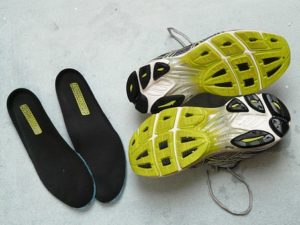 Orthotics are commonly prescribed these days, but often overprescribed for people with foot or lower limb injuries/pain, and even for people with back pain. Orthotics can be costly, particularly if they are custom-made, but are they really necessary?
Orthotics are commonly prescribed these days, but often overprescribed for people with foot or lower limb injuries/pain, and even for people with back pain. Orthotics can be costly, particularly if they are custom-made, but are they really necessary?
A common biomechanical issue that we see in clinical practice is over pronation. Over pronation can lead to problems around the foot and ankle, as well as the leg. Often orthotics are used to prevent over pronation.
Pronation is the “rolling inwards” movement of the foot that occurs naturally when walking. Ideally, when you walk you strike the ground with the outside of the foot, and then roll inwards to progress over and push off the big toe. This movement is a normal part of the gait cycle and is required for shock absorption. The diagram below illustrates the ideal footstrike.
Over pronation, however, refers to the foot rolling inwards too much, which can cause other structures in the leg, such as the shin muscles and knee, to become strained or overused.
There are exercises that can be done to strengthen the intrinsic foot muscles, and often by strengthening the muscles around the hip and pelvis, the load on the lower limb can be reduced. Modifying footwear and reducing frequency and intensity of training can also make over pronation less of an issue. In some patients, however, orthotics may be needed to correct the foot position.
As always, if you unsure about whether you may need orthotics, or are suffering from lower limb injury or pain, it is best to consult your Physiotherapist!





